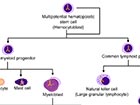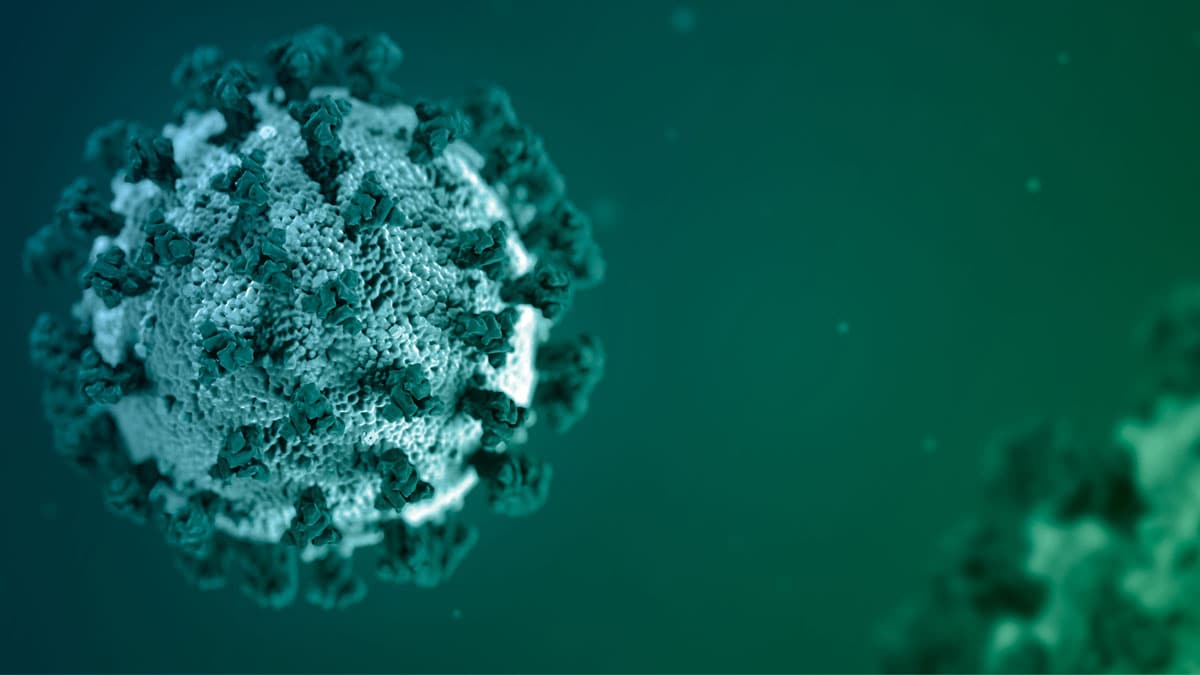I would add a fifth deception to your list. Masking is ineffective. Even the CDC"s own data shows that masking has a greater than 90% failure rate as a mitigation strategy. When one looks at the basic physical properties it is very apparent why. COVID-19 is just 0.137 microns in size dry, water encapsulated it is just 1.675 microns in size. N-95 masks start filtering at 2.5 to 5.0 microns in size. These aerosolized particles are not stopped by masking. Cloth face coverings have holes the size of 100 microns in size. Medical procedure masks are not much better at 50 microns sized holes. Neither have seals and the air will follow the path of least resistance to the air flow, which is unfiltered.
CDC
The hole in your argument is the principal mode by which people are infected with SARS-CoV-2 (the virus that causes COVID-19) is through exposure to respiratory fluids carrying infectious virus. These respiratory fluids take the form of large and small respiratory droplets as well as aerosols containing viral particles which can be snared by multilayer masks, typically 50% to 90% depending on the mask
CDC provides credible COVID-19 health information to the U.S.

www.cdc.gov
CDC
Multi-layer cloth masks can both block up to 50-70% of these fine droplets and particles
3,14 and limit the forward spread of those that are not captured
.5,6,15,16 Upwards of 80% blockage has been achieved in human experiments that have measured blocking of all respiratory droplets,4 with cloth masks in some studies performing on par with surgical masks as barriers for source control.
3,9,14
CDC provides credible COVID-19 health information to the U.S.

www.cdc.gov
American Medical Association
Community mask wearing substantially reduces transmission of severe acute respiratory syndrome coronavirus 2 (SARS-CoV-2) in 2 ways. First, masks prevent infected persons from exposing others to SARS-CoV-2 by blocking exhalation of virus-containing droplets into the air (termed
source control). This aspect of mask wearing is especially important because it is estimated that at least 50% or more of transmissions are from persons who never develop symptoms or those who are in the presymptomatic phase of COVID-19 illness.
Effectiveness of Mask Wearing to Control Community Spread of SARS-CoV-2
National Academy of Science
The preponderance of evidence indicates that mask wearing reduces transmissibility per contact by reducing transmission of infected respiratory particles in both laboratory and clinical contexts. Public mask wearing is most effective at reducing spread of the virus when compliance is high.
The science around the use of masks by the public to impede COVID-19 transmission is advancing rapidly. In this narrative review, we develop an analytical framework to examine mask usage, synthesizing the relevant literature to inform multiple areas: population impact, transmission...

www.pnas.org
Fact Check -Misinformation About Masks
Initially, there was limited evidence to support broad masking policies for the general public, and the Centers for Disease Control and Prevention
recommended masks only for those infected and medical providers treating them. On April 3, 2020, the CDC
reversed course and
recommended that everyone wear face coverings in public, citing new data that showed a “significant portion” of people infected with the coronavirus lack symptoms but can spread the virus to others.
Since then, a
growing body of evidence supports the use of masks to slow the spread of COVID-19,
as we reported in March.
Numerous lab studies, for example, show that high-quality, well-fitting masks can partially block exhaled respiratory droplets, which are thought to be the
primary way the virus spreads — and may offer some protection to the wearer. I
n one CDC study, N95 respirators performed the best in preventing the spread of particles from a simulated cough — blocking 99% of the particles — while medical masks blocked 59% and a cloth mask blocked 51%. (See SciCheck’s “
The Evolving Science of Face Masks and COVID-19.”)
Today misinformation about masks and vaccines are appearing on the Internet and social media every more frequently. Often citing CDC statements that were made or taken out context.
A growing body of evidence supports the use of masks to slow the spread of COVID-19. But the effectiveness of masks is now being challenged again. Here we summarize some of our work over the past 16 months, based on categories of misinformation about masking.

www.factcheck.org
:max_bytes(150000):strip_icc()/prescription-drugs-157524916-48e81d4b7182431a8aa23b9997168f3e.jpg)








:max_bytes(150000):strip_icc()/GettyImages-1220585226-e4725644f87e4f9d9efd1d3f319a3030.jpg)